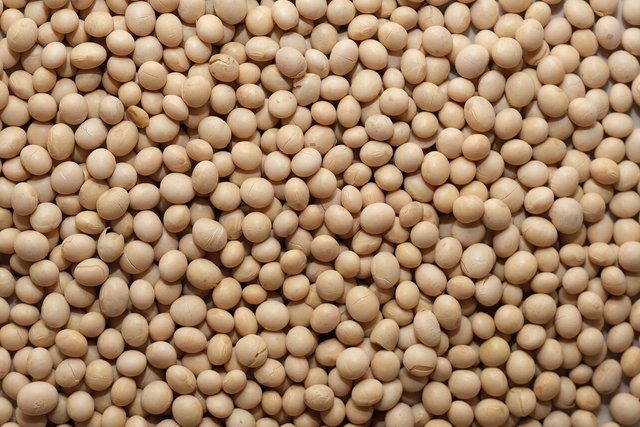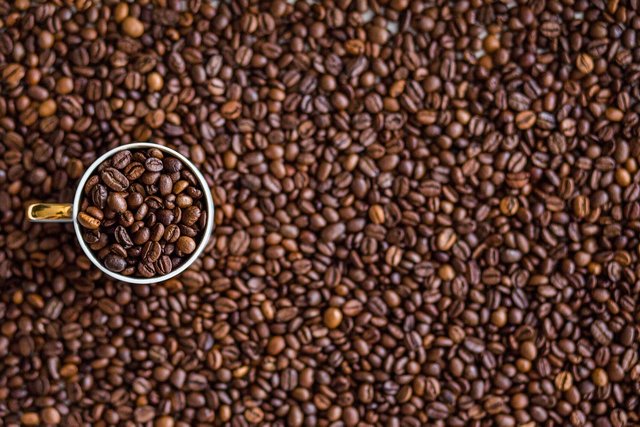Hello everyone, it's another welcome to my blog. We will be discussing fascinating issues about beans, so sit tight and let's begin...
 Source Source |
|---|
Throughout the whole world, beans that aren't fastidious and fussy for growing conditions, yield amply. However, what are the factors to be considered for optimal Bean planting time? Let's examine this question more closely.
- Agricultural Factors
This is one of the most important factors to be considered. It encompasses soil preparation, quality of seed, planting depth, as well as crop spacing.
- Soil Factors
All crops are planted in the soil hence, soil factors require proper consideration as they influence over 60% of crop growth and yield. Crop factors include soil temperature, moisture, and pH.
- Crop Factors
The crop itself is another factor to consider. Different varieties of beans have varied planting requirements, maturity duration, as well as growth habits. For instance, the planting time for a particular species of beans may rely on the maturity duration.
Other factors subject to consideration for the best bean planting time include climatory factors and regional factors.
To achieve the best planting time for beans, farmers should:
- Understand their regional and climatic conditions.
- Know the temperature ideal for bean germination and growth.
- Since adequate moisture is essential for bean germination and growth, it should be planted probably at the start of the rainy season or spring, depending on the region.
- Since beans require moderate temperature, deployment of weather forecasting and soil thermometer can help to ascertain the best time for bean planting.
The various species of beans show significant differences in growth habits, disease resistance, as well as market demand.
In terms of growth, each variety has a unique growth habit that differs from another. For instance, while Bush beans have a compact and upright growth of around 60 to 90 cm, Pole beans have a climbing and vining growth of about 1.5 to 3.0 m.
Talking about disease resistance, there are still variations among bean varieties. One variety may be resistant to a particular disease, while another is not. For example, varieties like Blue Lake and Romano are found to be resistant to bean rust, while Kentucky Wonder and Pencil Pod varieties are resistant to Powdery mildew.
As for market demand, variation is equally obtainable. Market demand is influenced by bean appearance, texture, flavor, disease resistance, yield, etc. While canned beans are demanded due to their ease of processing, yield, and disease resistance, dry beans such as Black beans and kidney beans are demanded for storage and later consumption.
Home-made pesticides such as ryania powder, pyrethrin spray, and nicotine sulfate can be mixed with water and sprayed on crops to control pests such as aphids, aphids, whiteflies
Soap solution, Neem oil, yellow traps, diatomaceous earth, copper tape, sticky traps, garlic spray, and pitfall traps are other home remedies for common bean pests.
Generally, uncool beans should be stored in a cool dry, well-ventilated place, away from direct sunlight. Containers such as plastics, glass jars, and buckets with airtight covers are good for the storage of beans.
It is ideal to store beans in small quantities to avoid moisture. However, regular checks are advisable to monitor them against spoilage signs. In addition, beans should not be stored alongside foods that assimilate moisture.
Moreover, beans should be kept away from moisture, refuse, and foods with strong odors. Cooked beans should be refrigerated. These are possible best ways to store beans in the home.
Bean Meal was not within my reach at the time of this publication.
Thanks for your time and let me invite @chilaw, @mercybliss, and @ceendy20
Written by
@nyilubdan


Remember to always drop your link as a comment in the contest post.
Downvoting a post can decrease pending rewards and make it less visible. Common reasons:
Submit